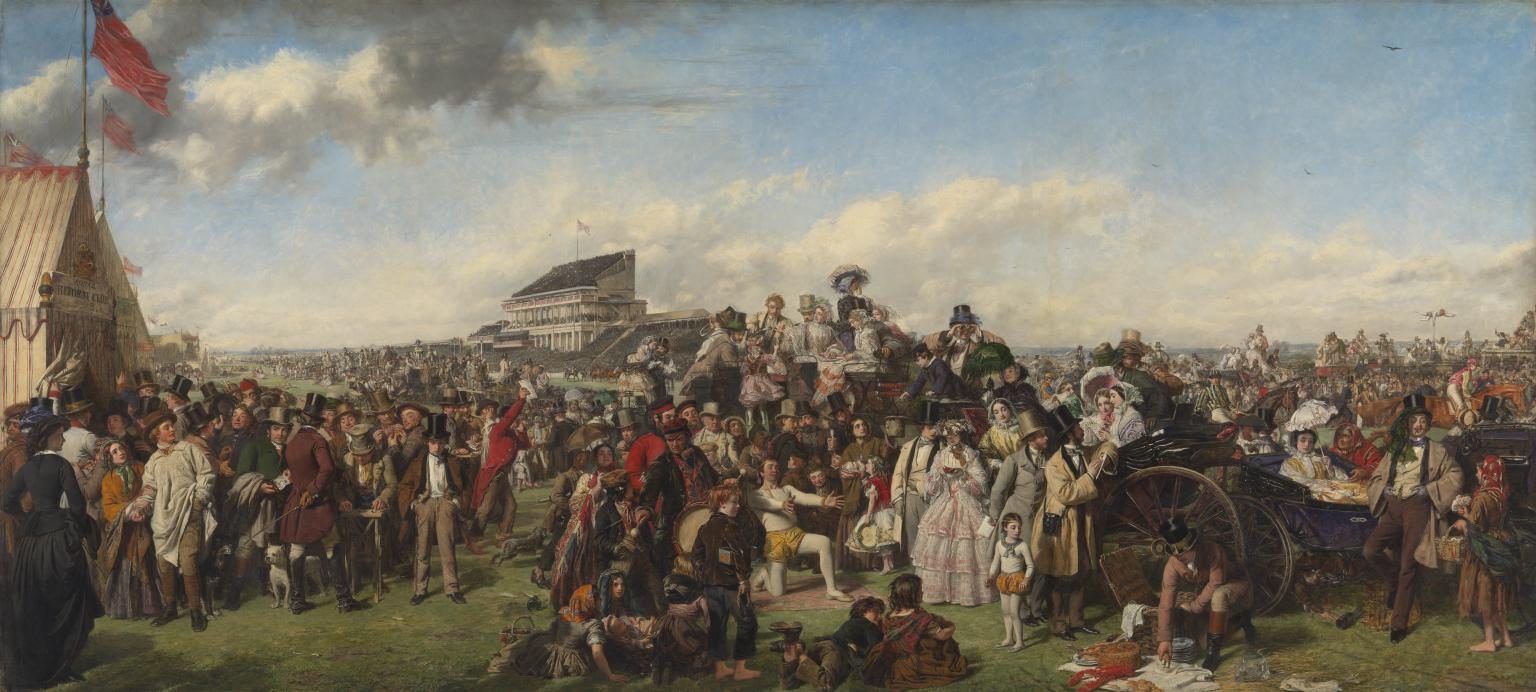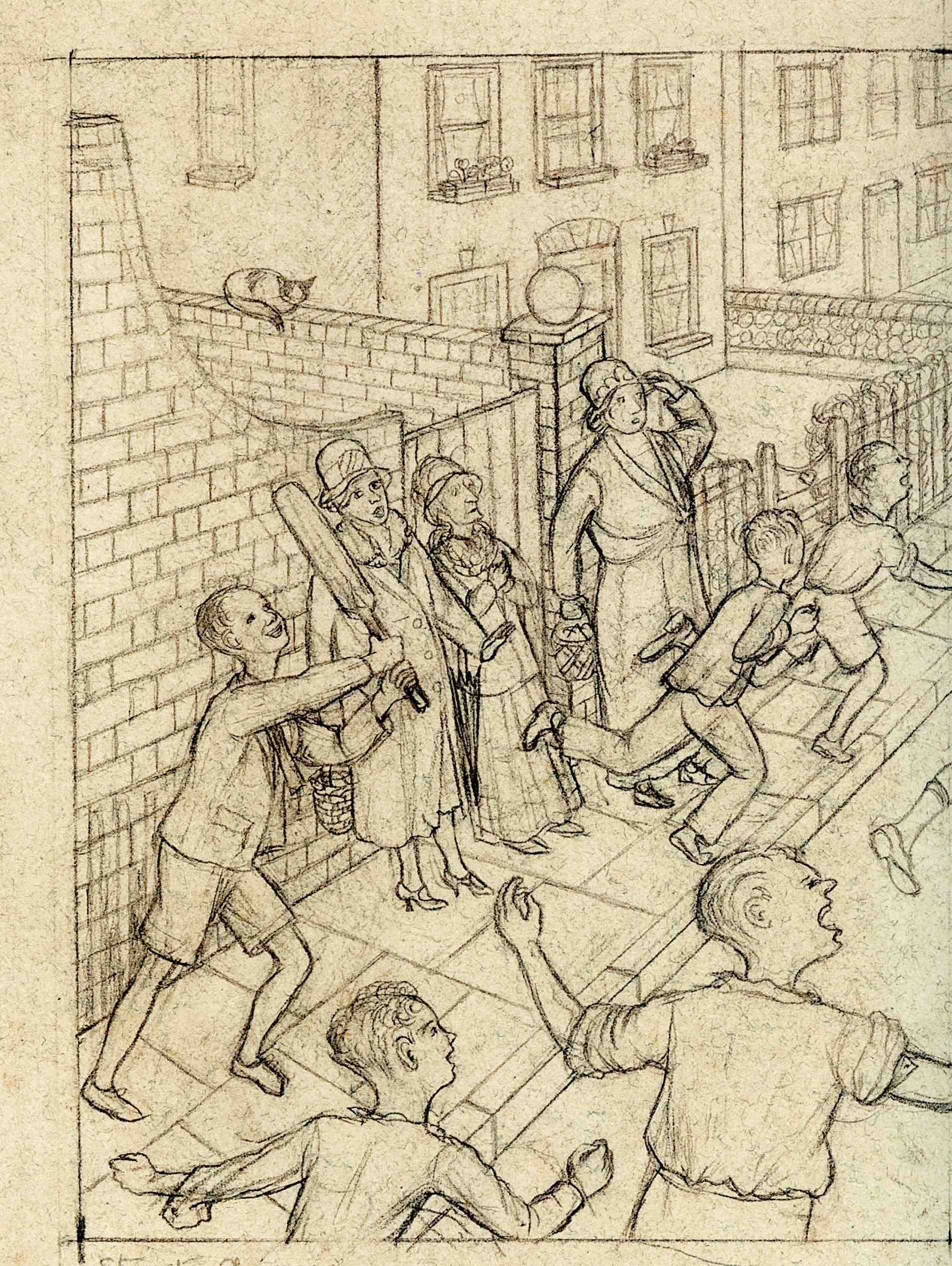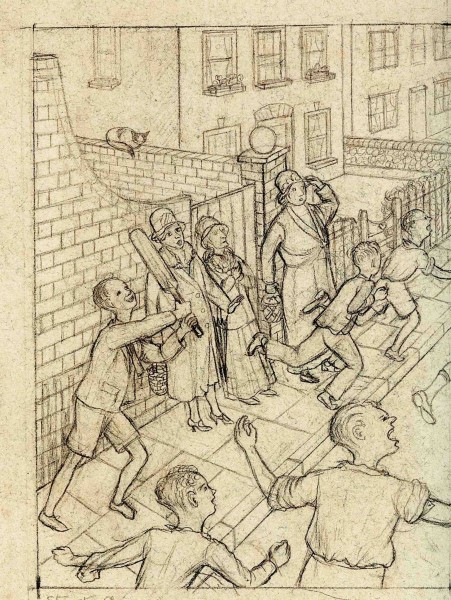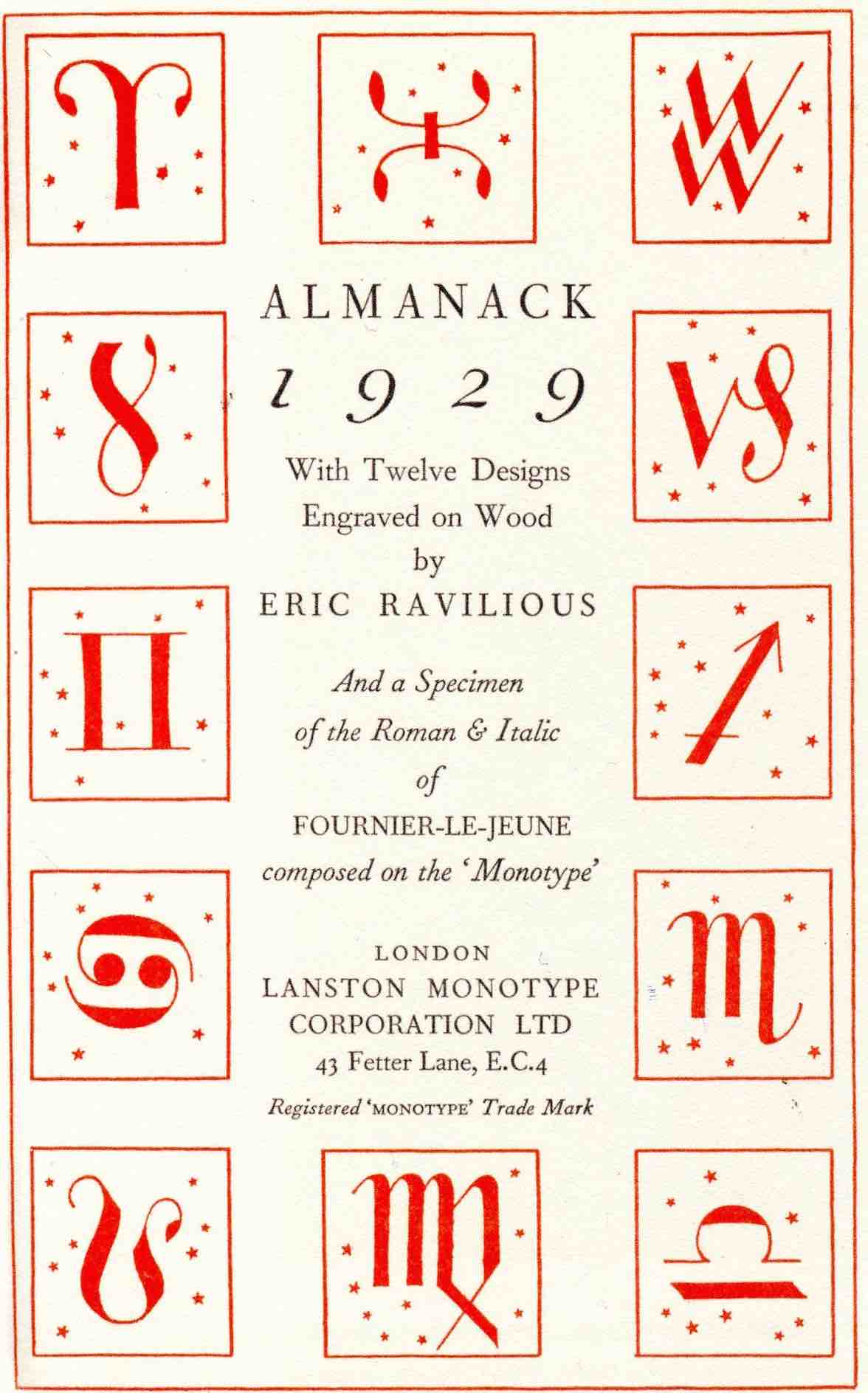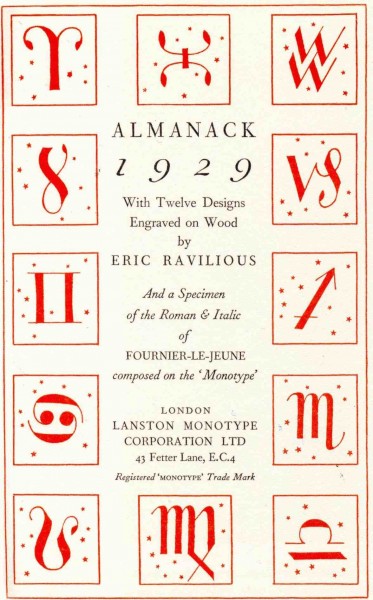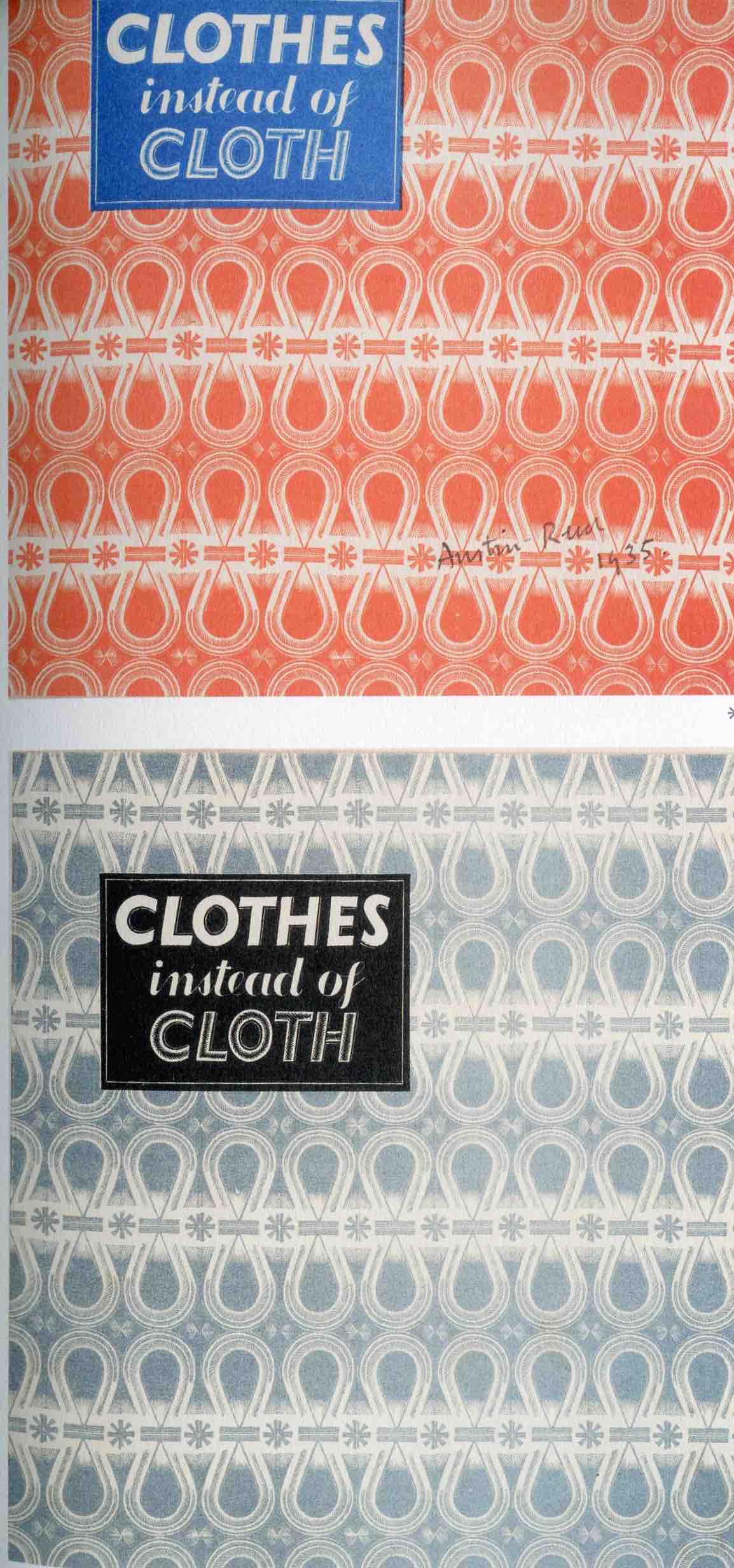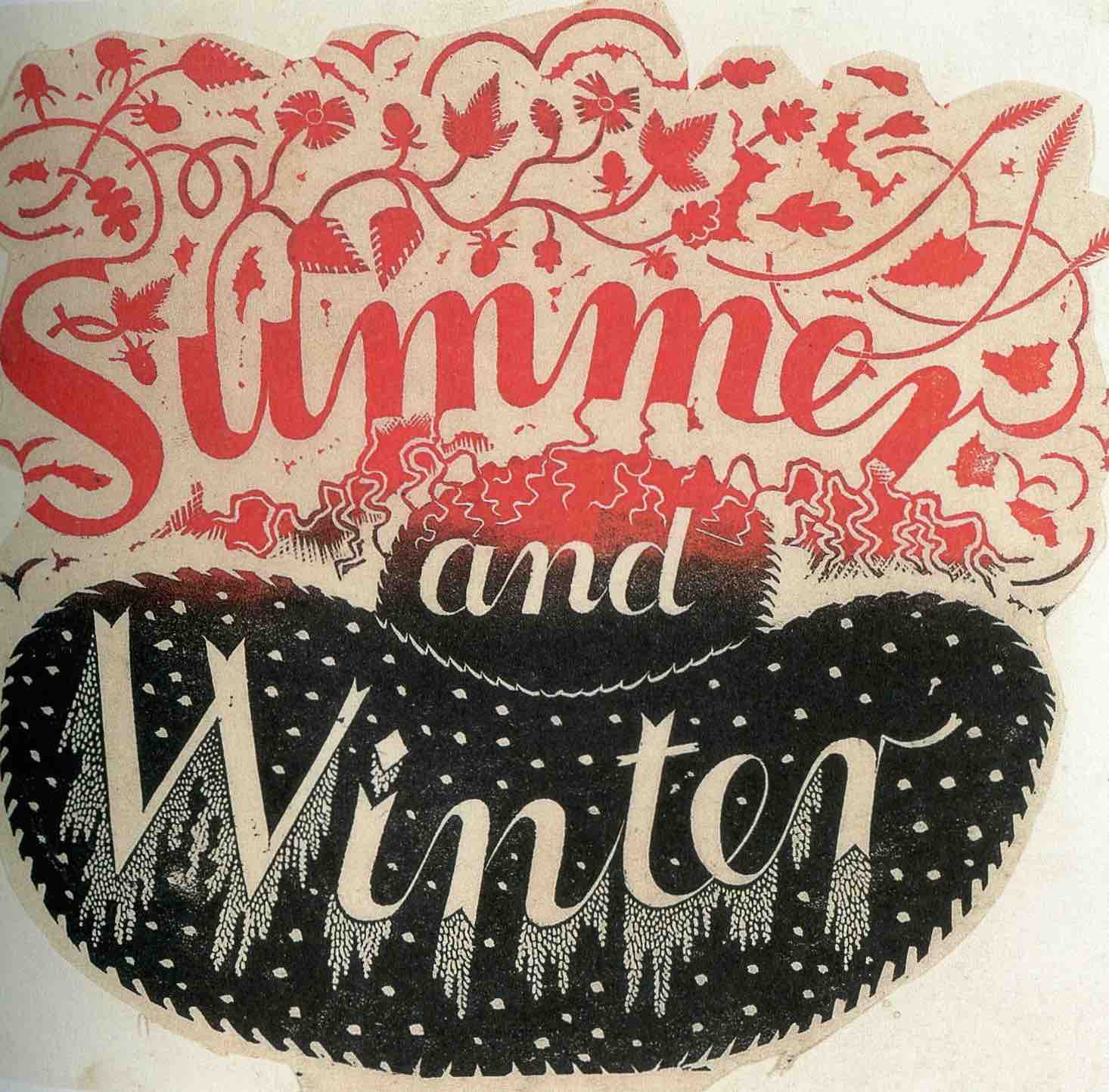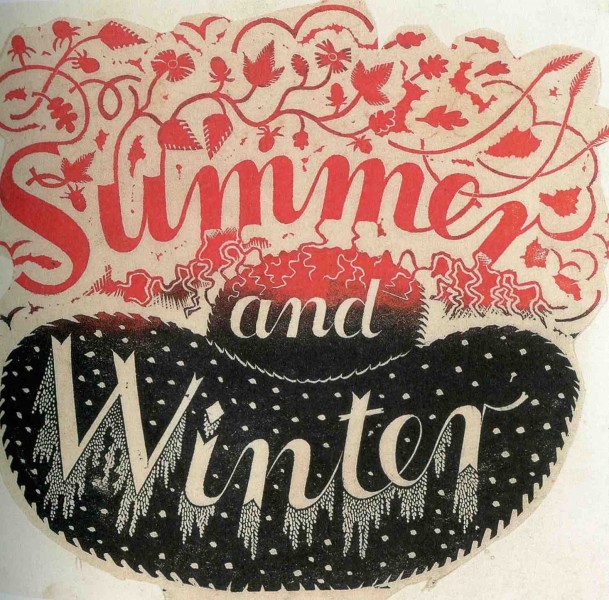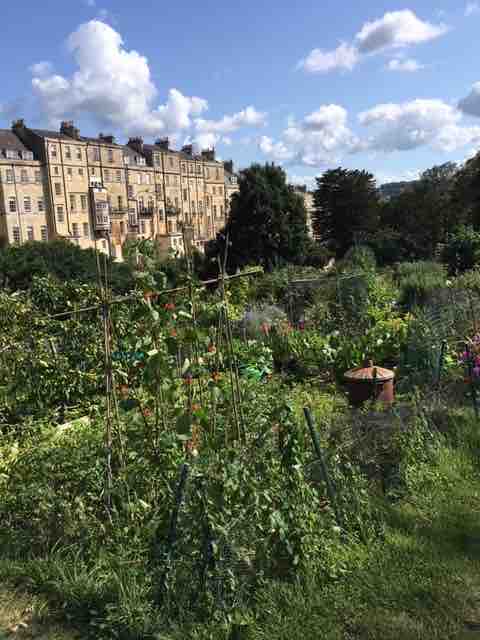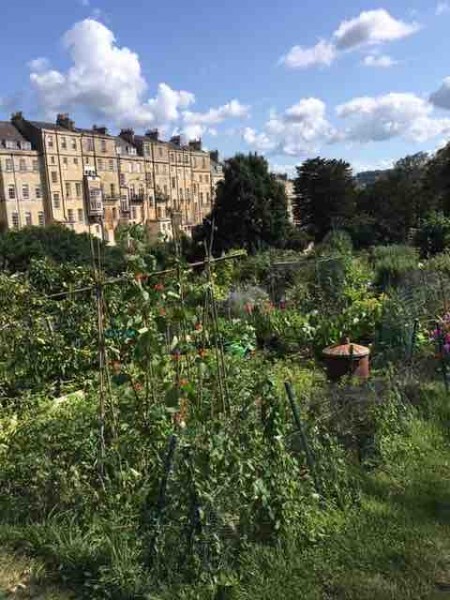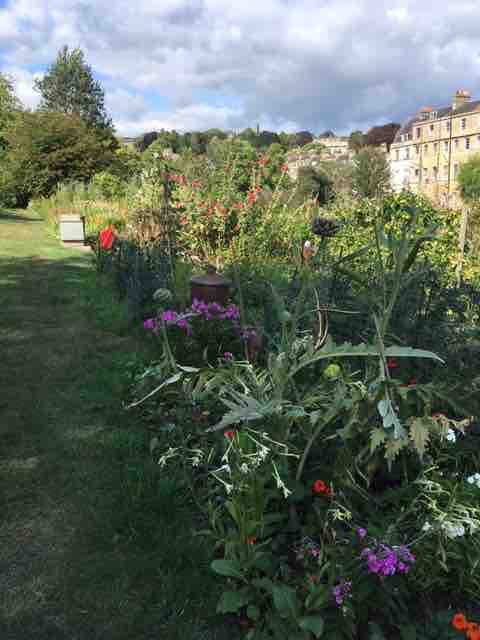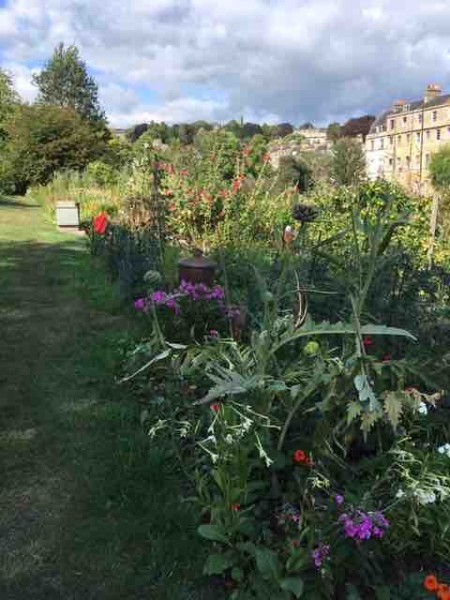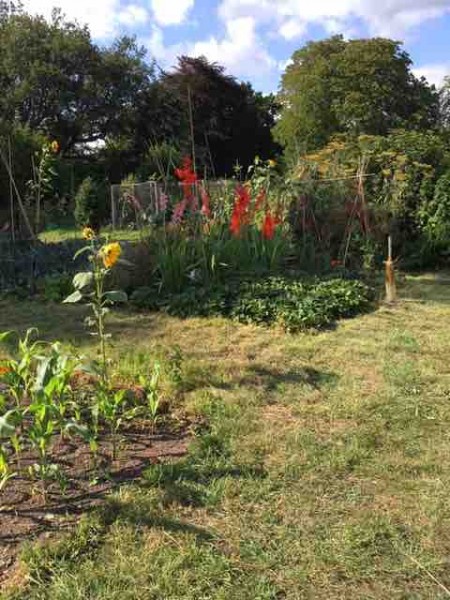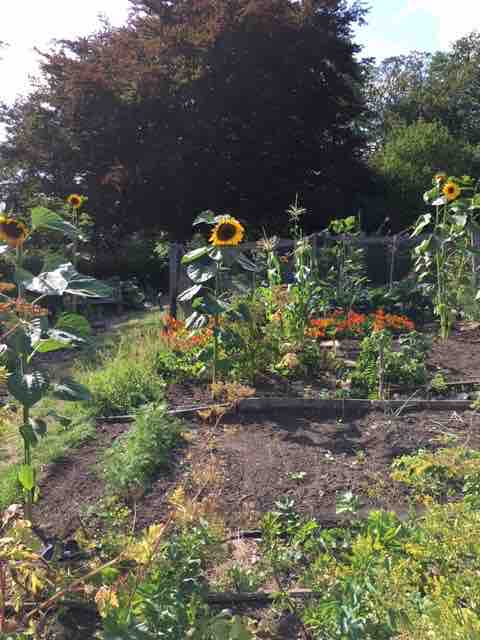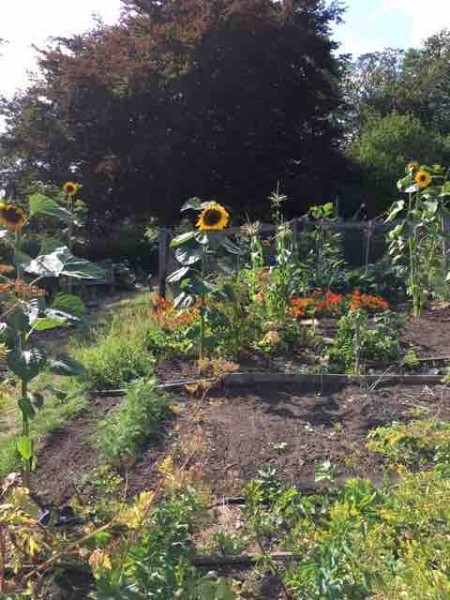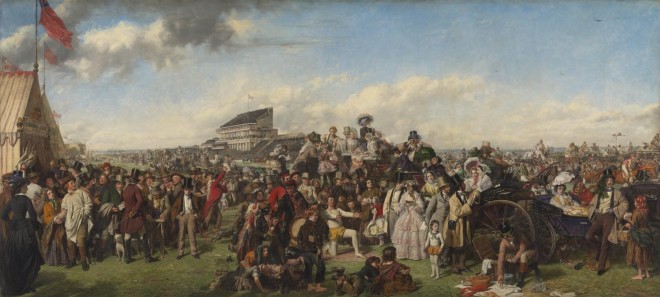
Frith has not been on the Post before before because there is too much detail! This from the Tate website: ‘When The Derby Day was first exhibited at the Royal Academy in 1858, it proved so popular that a rail had to be put up to keep back the crowds. It presents a panorama of modern Victorian life, a previously unknown genre.’ For the rest of this week (a short week because yesterday was a Bank Holiday in the UK) details from The Derby Day.
